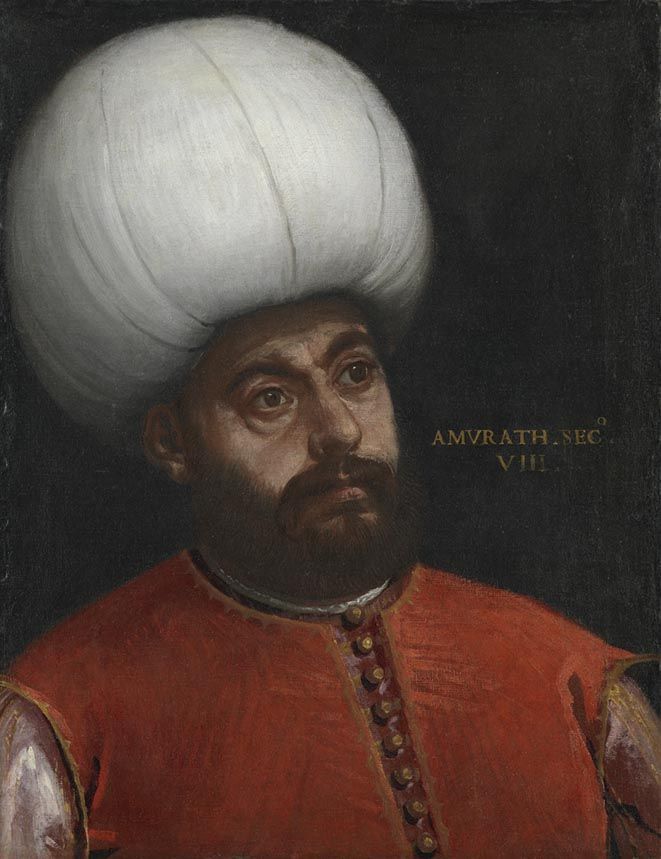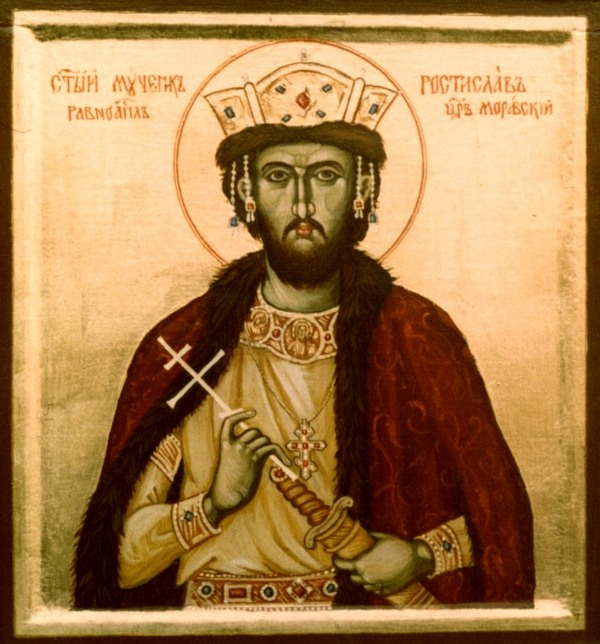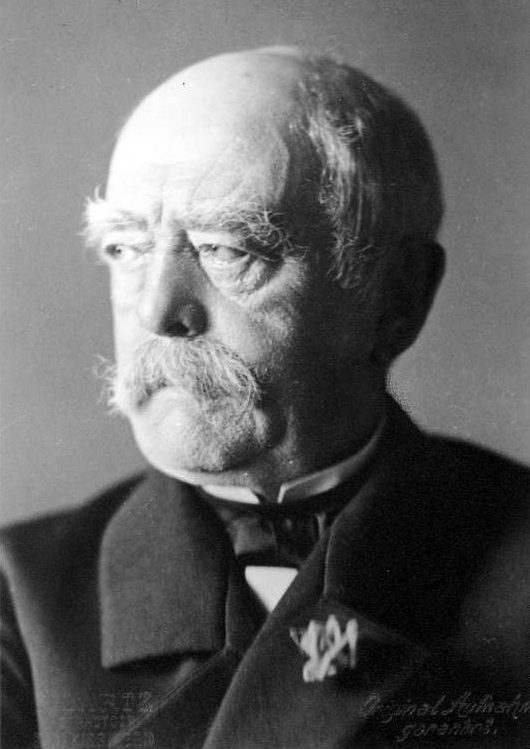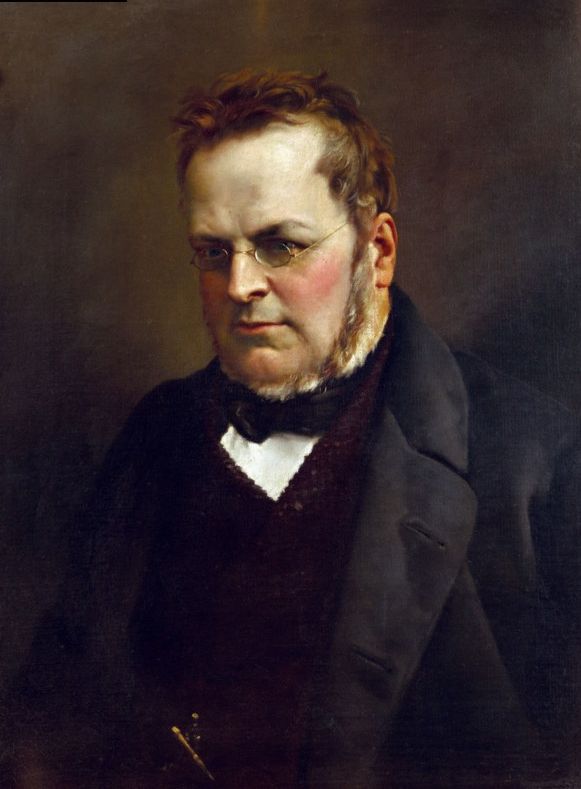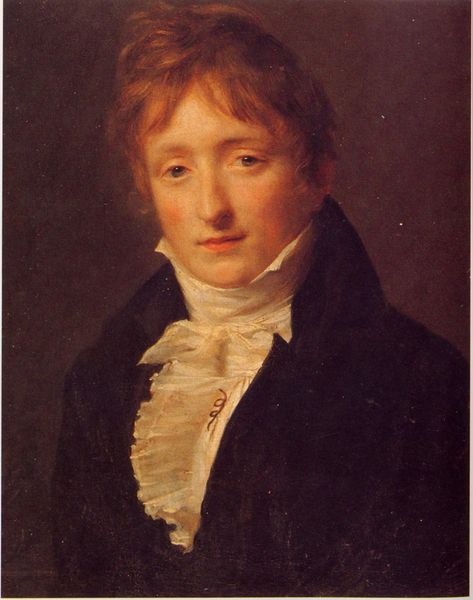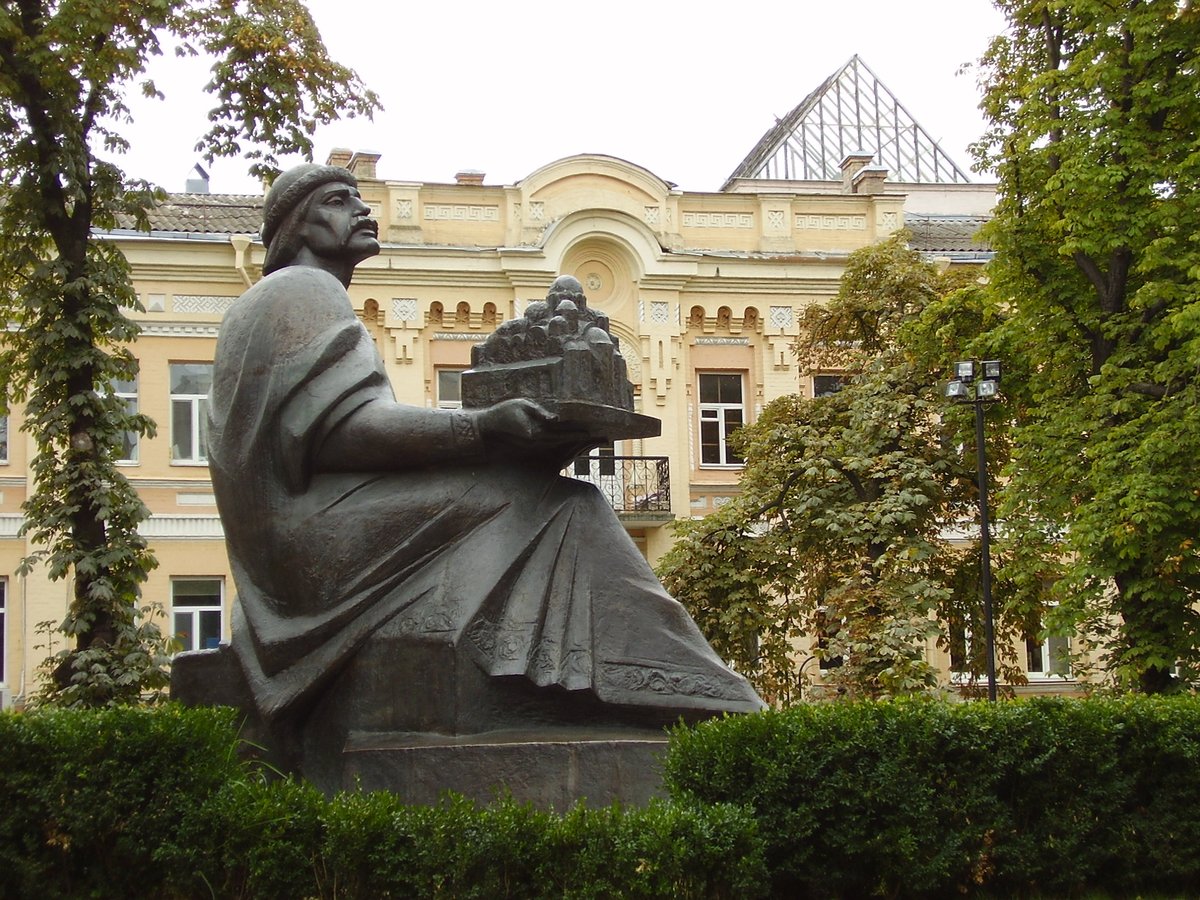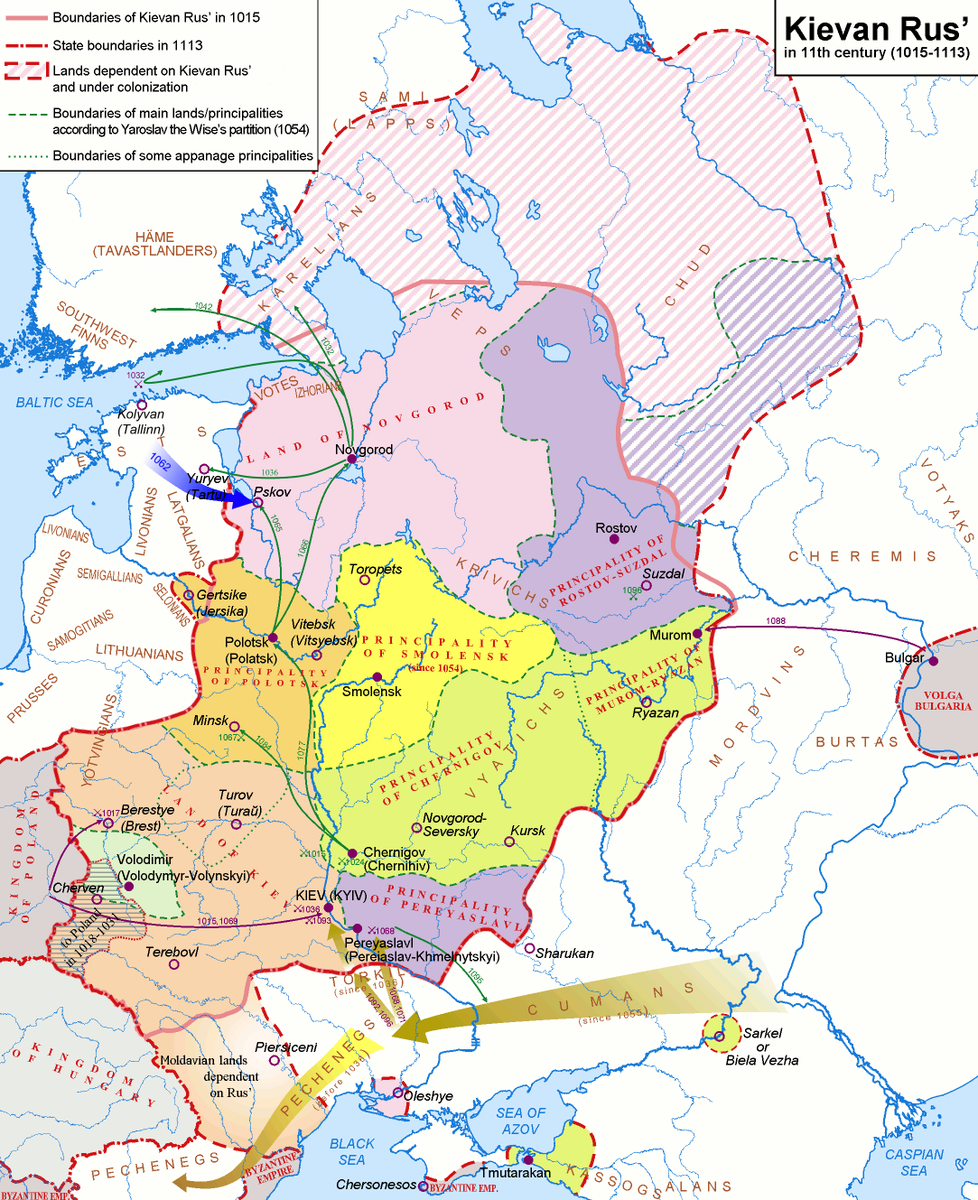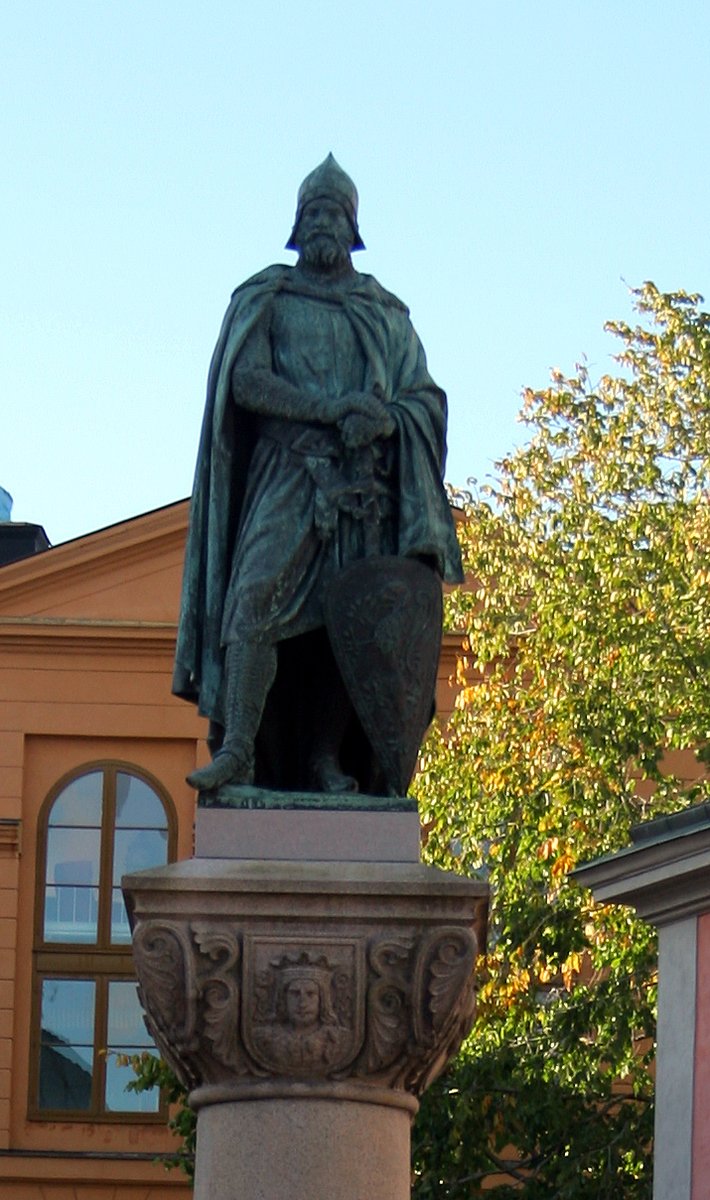When a King has many sons, civil wars may not be far away.
But rarely is such a rivalry for a region divided between sons felt centuries later.
Story in the evening ...
But rarely is such a rivalry for a region divided between sons felt centuries later.
Story in the evening ...
https://twitter.com/Arby_K/status/1479279120785690629
Valdemar Valdemarsen was born in 1170 to Valdemar Knudsen, King of Denmark and Sofia of Minsk. Earlier in life, King Valdemar had to outlast a civil war with his cousin, Svend Eriksen, and second cousin, Knud Magnussen, for the throne of Denmark. 1/10 

When King Valdemar died in 1182, his elder son, Knud Valdermarsen, succeeded as King, while Valdemar became Duke of Schleswig (Southern Jutland). The river Eider that lied south of Schleswig was a natural boundary that separated Denmark from the Holy Roman Empire. 2/10 



But this brought him in conflict with Valdemar Knudsen, an illegitimate son of his father's rival, Knud Magnussen. Valdemar Knudssen was Bishop of Schlewig and would later become Prince Archbishop of Bremen. The Bishop would attempt to seize Danish throne with German help. 3/10 

But King Knud was able to defeat the Bishop and capture him. Later Duke Valdemar was able to extend his domains southwards into the Empire, defeating Holstein at Stellau in 1201 and extending control over Lübeck and Hamburg. 4/10 

In 1202, King Knud died. King Knud had married Gertrud, the daughter of Heinrich der Löwe of Saxony, but had no surviving heirs and so Valdemar became King. In the meantime, the Holy Roman Empire was in a state of civil war between Heinrich's son, Otto & Philipp von Staufen. 5/10 



King Valdemar sided with Otto. He also gained control of Schwerin and Ratzeburg within the Empire, extending his domain till Elbe river. After Otto gave way to Philipp von Staufen's nephew, Friedrich, this addition in territory was confirmed. 6/10 

With control over Lübeck, King Valdemar got tied up with the Livonian Order in the Baltics. In 1219, he defeated the Estonians at Lyndanisse and made it into a Danish province. But as he reached his peak, he had to deal with an unexpected reversal of fortunes. 7/10 

While traveling in 1223, King Valdemar and his eldest son and co-King, also named Valdemar, were captured by Count Heinrich of Schwerin. Their freedom turned out expensive as the Danish King lost Holstein and the other possessions he had gained from the Empire. 8/10 

King Valdemar attempted to regain his lost possessions, but was met with failure at Bornhöved. His hold on Estonia was also impacted, but the King came to terms with the Teutonic Order in 1238 to retain it. But he retained a strong hold of Denmark updating its legal system. 9/10 

Not long after his death in 1241, his sons, Erik, Abel (who ruled in Schleswig) & Christoffer, competed for power, with Erik getting killed, Abel's line keeping Schleswig and Christoffer's Denmark. It would take another 6 centuries to clear the rule of Schleswig & Holstein. 10/10 

• • •
Missing some Tweet in this thread? You can try to
force a refresh


